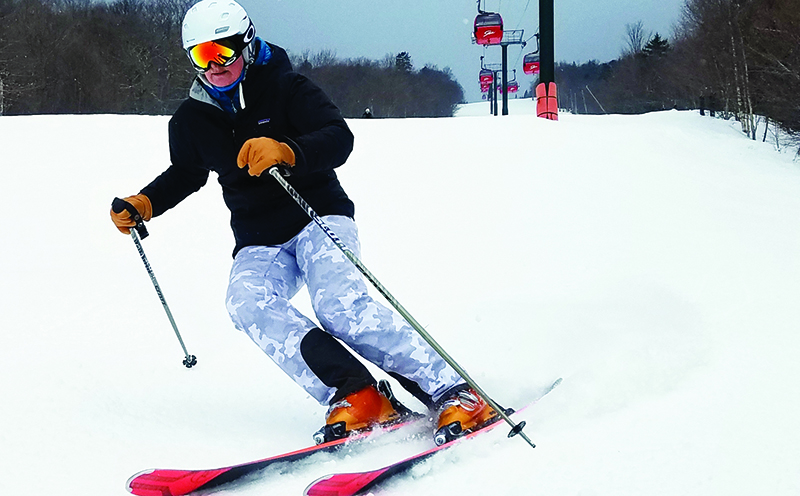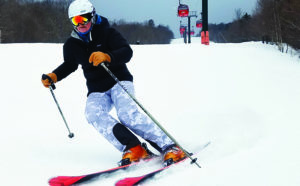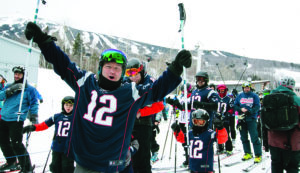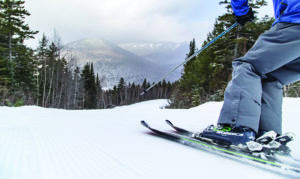
New England native and longtime industry professional Molly Mahar is in her second year as president of Ski Vermont (also known as the Vermont Ski Areas Association).
The nonprofit trade group represents the state’s 20 alpine areas and 30 cross-country centers, working to promote a vibrant cultural and business climate where tourism generated by the industry can continue to grow and thrive.
A lifetime skier with decades of experience in resort marketing and sales, Mahar’s focus as Ski Vermont president centers on governmental affairs and lobbying on behalf of the state’s ski areas, while still overseeing all the association’s programs and operations.
Mahar took some time from her busy schedule (it isn’t all skiing and riding), to talk about the work she is doing to promote skiing and snowboarding, which the Vermont legislature has declared as the state’s official sports.



